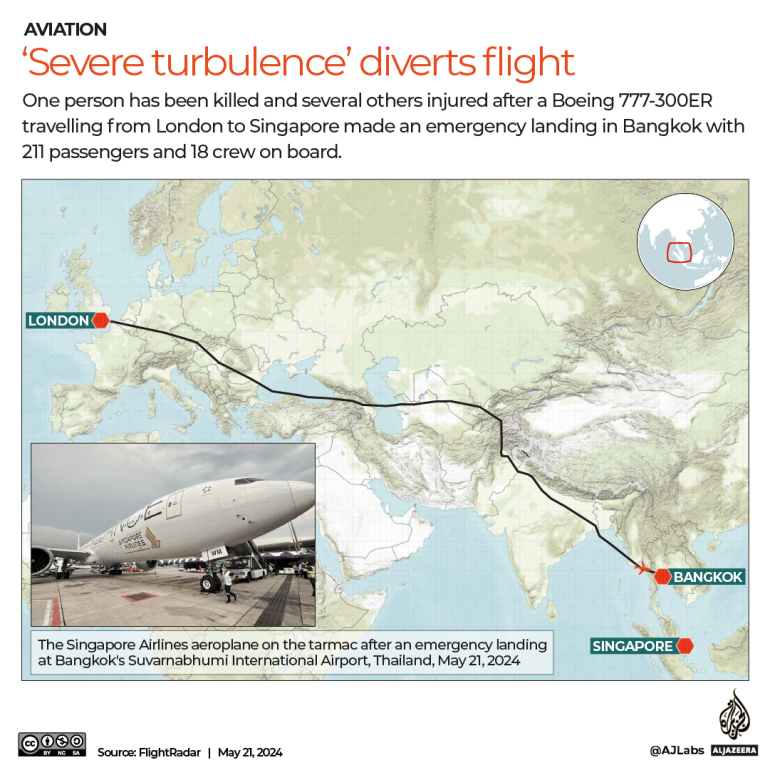The effects of climate change is becoming more and more apparent as the world continues to experience extreme weather events. These erratic bioclimatic conditions are not going anytime soon.
A study, “Understanding climate change from a global analysis of city analogues” reveals that 77% of the cities of the 520 major cities all over the world included in the study will be having climates more closely resembling other cities than their current state.
Moreover, 22% of these 520 cities will experience a climate that is exceedingly far from what they’re experiencing right now.
The fate of Asian cities
By 2050, it has been found out that 64% of the cities that will experience novel climate conditions are in the tropics. This means that a lot of Asian cities will be experiencing the brunt of climate change in the future. This includes cities such as Kuala Lumpur, Jakarta, and Rangoon.

Tropical cities will experience unprecedented climate conditions characterized by extreme high and extreme lows — intense precipitation events and severe droughts.
What about Singapore?
Singapore is among the cities expected to experience dramatically different weather conditions by 2050. Here is a glimpse of what is expected to happen by then:
- Singapore’s climate will more closely resemble the climate of present-day Kuala Lumpur than the present-day Singapore.
- Annual mean temperature will increase from 26.99 °C to 28.33 °C
- At its peak, the temperature in Singapore by 2050 is projected to reach a blazing 32.86 °C. This is way above than the current peak of around 30.90 °C.
- In the wettest month, precipitation in the country is expected to max out at 304 mm, several units above the current estimates of 295 mm
All these factors entail that in the near future, Singapore is expected to experience more brutal heat and wetter rainy months.
Note that these are highly conservative estimates. This means that what 2050 has in store could be just as predicted here, or even worse.
What now?
City planners and leaders from Singapore and the world should heighten their efforts to establish climate response strategies. Using the visual approach of studies like this to inform the general public about the catastrophic effects of climate change in a tangible manner should be considered.
While the projections made in this study are not novel at all, it seems like we are still not taking the issue of climate change as seriously as we should. Now with the future effects revealed to us, hopefully we have start taking action before the time runs out.









